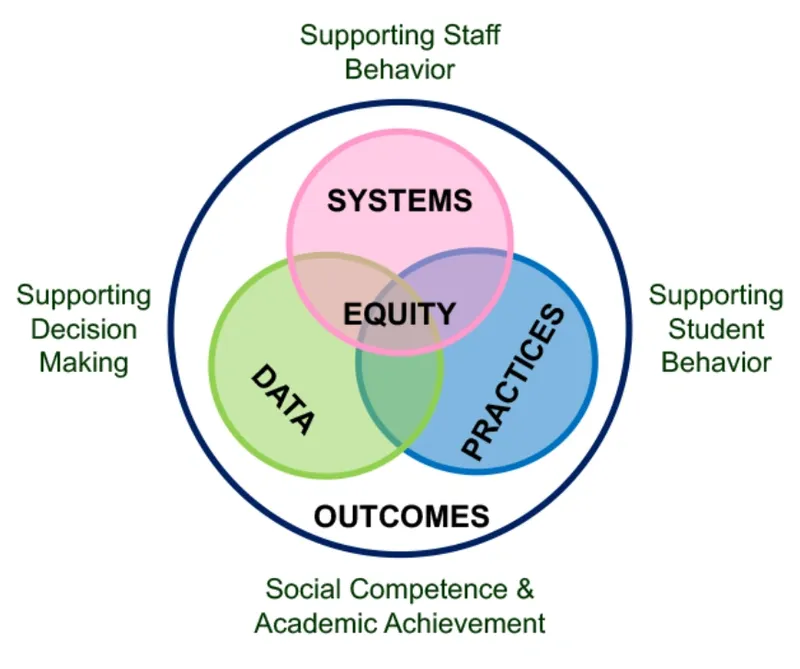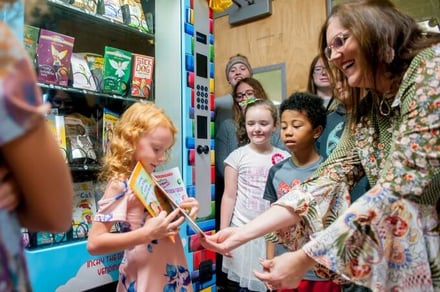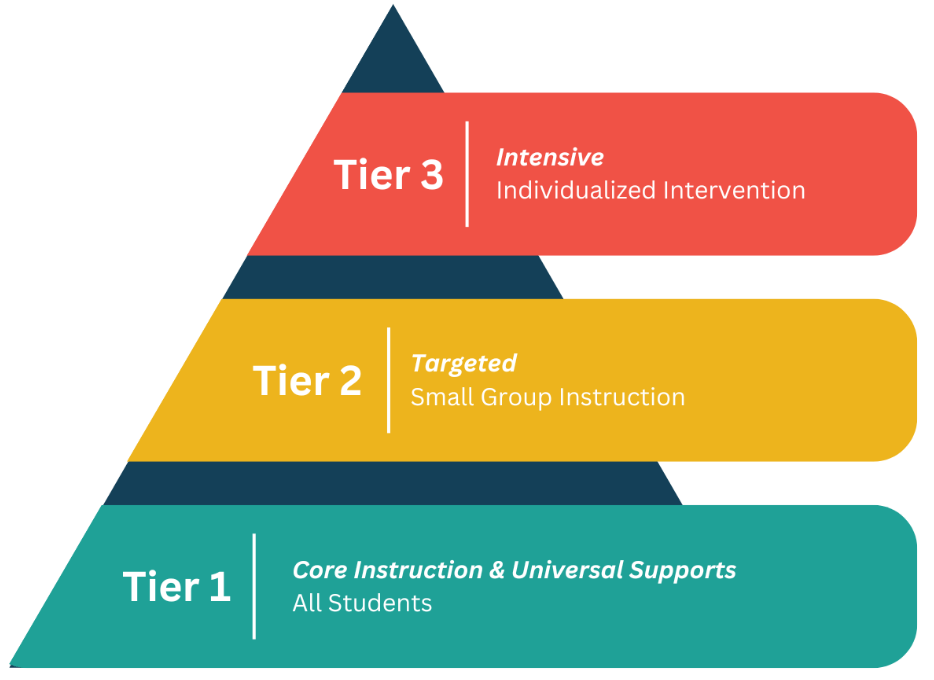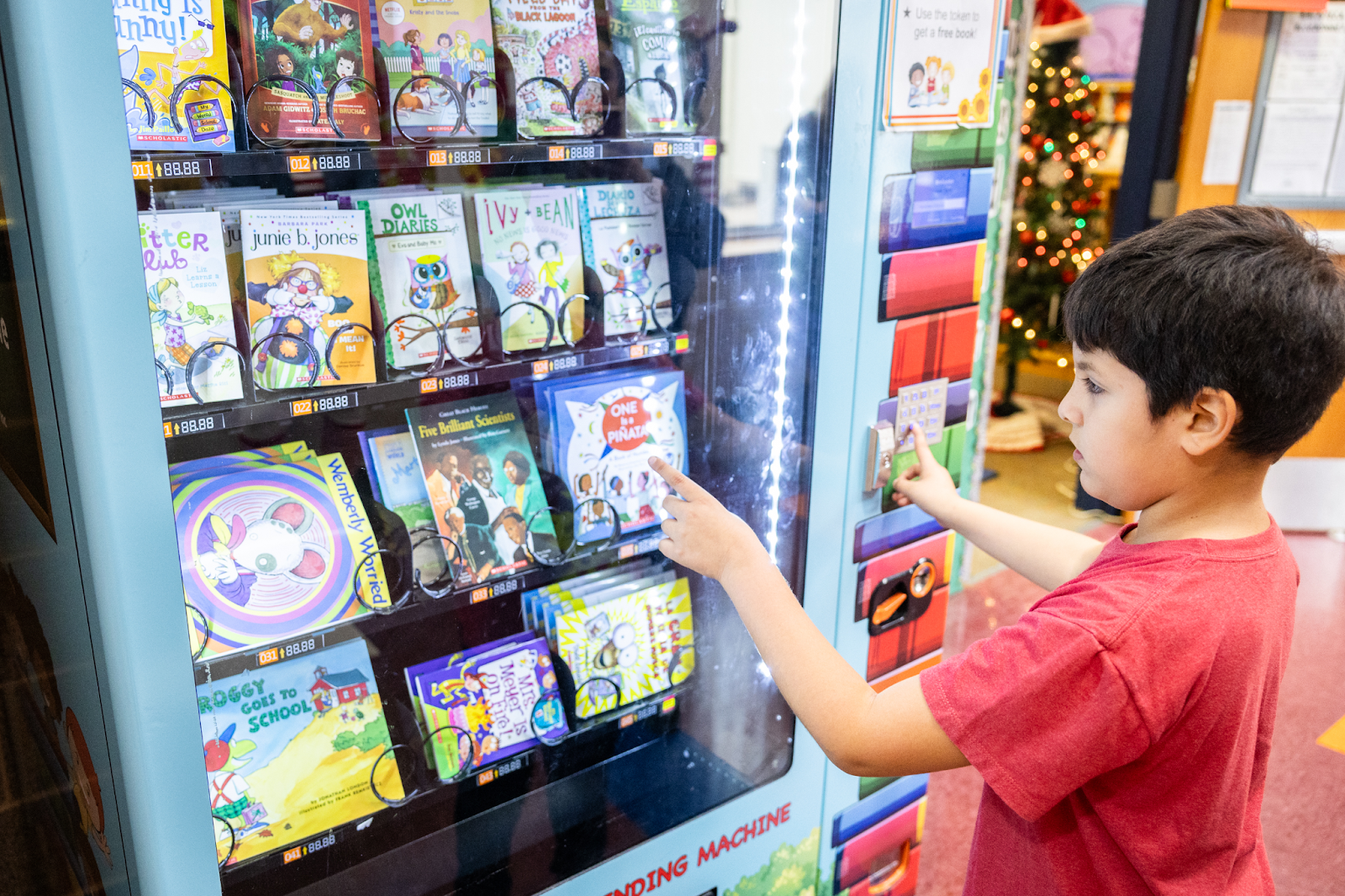Transform your school culture, reduce discipline issues, and create a positive learning environment with the PBIS framework. Deliver measurable ROI for administrators.
What if You Could Transform Your School?
Have you ever asked yourself…
Could your school culture use a major upgrade?
Are your teachers desperate for more instructional time?
Are you struggling to prep students for real success – academically and socially?
Want to slash office referrals by 50%?
Reclaim control of the classroom?
If you're nodding along, a solid PBIS (Positive Behavioral Interventions and Supports) system can deliver all of this. But here's the thing – you need to get the implementation right. Before committing, there are some important details every administrator and principal needs to understand.
What is PBIS?
PBIS isn't just another behavioral program to add to your pile. It's a complete framework that flips how we approach discipline and behavior in schools. Instead of the endless cycle of punishing bad behavior, PBIS focuses on teaching and recognizing good behavior.
I love this quote from an educator: "If a child doesn't know how to read, we teach. If a child doesn't know how to swim, we teach. If a child doesn't know how to multiply, we teach. If a child doesn't know how to behave, we... teach? ...punish?"
The PBIS framework gets us back to teaching "behavior" instead of punishing kids when they mess up. It creates an environment where students and staff can actually thrive.
Why Administrators Love PBIS (The Bottom-Line Benefits)
You need real results that justify the investment. PBIS offers compelling benefits:
- Cost-effectiveness: Schools save about $2,500 per incident reduction – mostly from staff spending less time managing behavior problems
- Staff retention: Schools implementing PBIS report 15-20% higher teacher retention rates
- Reduced suspension rates: Expect a 40-60% drop in suspensions within two years
- Improved academic outcomes: Schools report 10-15% improvement in standardized test scores after full PBIS implementation
- Decreased administrative time: Principals report spending 25-30% less time on discipline issues
A study by the U.S. Department of Education found that principals at PBIS schools saved about 15 hours each month. This time was once spent on discipline management. Now, they can use it for instructional leadership.
The 4 Pillars of PBIS
Many parts make a PBIS program successful. Research shows four key pillars that decide if your program will succeed or fail

1. Teaching Behavioral Expectations
The first pillar focuses on defining expectations. In other words; Don't just hope kids figure out what you want – explicitly teach them:
- Establish 3-5 positively stated, easy-to-remember schoolwide expectations
- Get specific about what these look like everywhere (classroom, hallway, cafeteria, etc.)
- Teach these expectations to EVERYONE
- Make sure classroom expectations match your schoolwide ones
For example, "showing respect" might mean:
- raising your hand in class
- following rules on the playground
- And using basic table manners in the cafeteria.
Post these expectations everywhere and teach them as deliberately as you'd teach math or reading.
2. Acknowledging and Rewarding Positive Behavior
This is where most schools stumble. You need a recognition system that actually works:
- Make it dead simple for busy teachers
- Ensure EVERY student has access (not just the "good kids")
- Create rewards students actually care about
- Make recognition consistent across your campus
Most schools use some kind of point system where students earn points for showing the behaviors you want. But here's where it gets interesting...
Book Vending Machines: The Ideal PBIS Reward System

Book vending machines have emerged as one of the most effective PBIS reward mechanisms for several reasons:
- Deliver double the impact: You're rewarding good behavior AND promoting reading
- Save money long-term: After installation, they deliver rewards without ongoing staffing costs
- Ensure equity: Every student has equal access to books, regardless of home situation
- Win over skeptical parents: Even parents who hate "reward systems" love literacy initiatives
At Bluebonnet Elementary School in Round Rock, Texas, students who get positive office referrals earn tokens for their book vending machine.
"I wanted books to actually be a reward, and I wanted there to be this positive energy around getting a book."
-Librarian, Patti Nix
The numbers don't lie – positive office referrals at Bluebonnet TRIPLED after the book vending machine arrived, and disciplinary referrals plummeted by 57%. That's the kind of ROI that gets superintendents excited.
3. Consistent Consequences for Inappropriate Behavior
The third pillar addresses how to handle behavior that doesn't meet expectations:
- Creating crystal-clear definitions of what behaviors need intervention
- Establishing consistent procedures everyone follows (no exceptions!)
- Getting super clear on what teachers handle vs. what goes to the office
- Developing logical progressions that move challenging students toward better behavior
While PBIS focuses on the positive, it doesn't ignore problems. The difference is we address unwanted behaviors as teaching opportunities, not just punishment moments.
4. Using Data for Decision-Making
If you're not tracking data, you're just guessing. The fourth pillar involves collecting and analyzing data to guide the PBIS initiative:
- Track both negative (office referrals) AND positive behavior acknowledgments
- Review data at least monthly to spot patterns
- Use that data to make real decisions about interventions
- Regularly evaluate how well your PBIS system is actually working
Without good data, you'll never know if your PBIS initiative is making a difference. The right tracking systems make this simple. They give you the information you need to show results to your board or superintendent.
Want to avoid the most common data mistakes? This guide on effective data collection and reporting will save you major headaches.
The Three Tiers of PBIS Support

PBIS uses a three-tiered approach – think of it like a pyramid of support based on student needs:
Tier 1: Universal Support (All Students)
Tier 1 is your foundation for the entire PBIS framework. EVERY student receives:
- Schoolwide expectations and social-emotional skills are defined and taught
- Classroom practices that match those schoolwide expectations
- Systems that encourage expected behavior
- Consistent responses to negative behavior
- Established family partnerships
About 80% of students respond well to Tier 1 supports alone.For a deep dive into Tier 1 implementation, check out this comprehensive guide.
Tier 2: Targeted Support (Some Students)
For the 10-15% of students who need more help beyond Tier 1:
- Extra instruction on behavior skills
- More adult supervision
- Increased positive reinforcement
- Better home-school communication
These interventions catch problems early before they snowball. Good Tier 2 interventions often prevent the need for more intensive (and expensive) interventions later.
Need help with your Tier 2 game plan? The PBIS.org resource center has excellent strategies.
Tier 3: Intensive Support (Few Students)
For that small group (1-5%) needing individualized support:
- Detailed behavior assessments and intervention plans
- Personalized support strategies
- Coordination with families and outside resources
- Comprehensive, individualized approaches
These are your highest-need students, but with the right supports, they can make dramatic progress. Check out these detailed Tier 3 implementation strategies for your most challenging cases.
Essential Components for PBIS Success
Beyond the four pillars, you need these critical elements for a PBIS program that sticks:
- A dedicated PBIS team: Build a diverse team of admin/classroom staff who meet regularly and hold everyone accountable.
- Real staff buy-in: If your teachers don't believe in it, your initiative will not succeed. Plan for 3-6 months of onboarding with clear communication about what's in it for them (less stress, more teaching time).
- Ongoing professional development: Budget for 8-16 hours of training per staff member in year one. This isn't a one-and-done workshop.
- Consistent classroom systems: Establishing clear routines is non-negotiable. What happens in one classroom must align with what happens in all classrooms.
- Community involvement: Regular feedback from stakeholders keeps your program relevant and supported.
- Realistic budget planning: Be prepared for:
- Initial training costs: $2,000-$5,000
- Ongoing materials and rewards: $5-$10 per student annually
- Data collection systems: $1-$3 per student annually
- Technology investments: $1,500-$8,000 (including book vending machines)
The good news? Most schools recoup these investments within 2-3 years through massive reductions in disciplinary costs and improved academic outcomes that boost your school's standing.
Real-World PBIS Success Stories (Schools Just Like Yours)
Bluebonnet Elementary School
 At Bluebonnet Elementary in Round Rock, Texas, they installed a book vending machine as part of their PBIS system. Students earning positive office referrals get tokens for the machine.
At Bluebonnet Elementary in Round Rock, Texas, they installed a book vending machine as part of their PBIS system. Students earning positive office referrals get tokens for the machine.
Their fourth-grade teacher Courtney Grafton told me: "They're so proud to come back with a book. They come in yelling, 'Look, look, Ms. Grafton! Look what I got!' The pride is incredible."
Crestwood Intermediate School
 Crestwood Intermediate in Ohio faced a two-headed monster: declining reading skills and excessive screen time. Their solution? A book vending machine tied to their PBIS system. Kids earn "Devil Dollars" for positive behaviors, and 100 Devil Dollars gets them a token for the machine.
Crestwood Intermediate in Ohio faced a two-headed monster: declining reading skills and excessive screen time. Their solution? A book vending machine tied to their PBIS system. Kids earn "Devil Dollars" for positive behaviors, and 100 Devil Dollars gets them a token for the machine.
Their speech pathologist Caitlin Fritsch explains: "We've tied the vending machine directly to our PBIS program. It's been game-changing for our school culture."
Pleasant Valley School District

At Pleasant Valley, their principal Maria Magaña put it best: "The biggest impact is instilling the love for reading. It's been our most exciting incentive by far."
Students like second-grader Genesis earn machine access for behaviors like good listening. Fourth-grader Kennedy Wing said, "It helps you bump up your grade levels, and reading is something fun to do when you're bored."
Want more success stories?
Subcscribe to our monthly newsletter to hear more success stories about schools like you.



